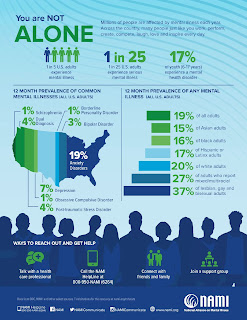Q1: The first day after school was closed, I got chills when I stepped outside. No one outside. No one in cars, no one on bikes, no one walking, nobody. I live by a golf course typically filled with dog walkers, but not a person was in sight. My family and I carried on as if everything was normal, but whenever we’d go outside, it felt uncomfortably eerie. When I went for a run that day, I decided to go down Sheridan road, because it usually has a consistent stream of traffic. As I should have guessed, I saw two cars in total over the duration of my run. Since then, the number of people outside has definitely increased, but it is still significantly less than it was merely two weeks ago. Neighbors have conversations from across the street, briefly chatting about their experience at the grocery store that day. I find that people only go outside to do the necessities like walking the dog, or driving to the grocery store. My neighborhood is a tightly knit community, so this crisis hasn’t broken our bond. In fact, we have been acting more as a community than every before, doing things like helping elderly people buy groceries, or offering other forms of service to those who need it. I haven’t felt that eerie feeling in a few days now, but with the unknowingness of what could happen, there is always the possibility of its return.
4.6.20
Q6: This might be quite a surprise to some, even myself, but the best thing I ate today was a bowl of Life Cereal. On a typical school day, I seem to always rush out the door, so I never have time to grab more than an apple on my way out the door. Yet now with our current situation, I have all the time in the world. With all this time, I still chose one of the most simple breakfasts in the most simple flavor- life cereal. There is something nostalgic about this cereal and the simpler elementary school times associated with it. I remember my dad placing it in front of me in a plastic ikea bowl, then dowsing it with milk until it was completely submerged. Now, I repeat this same process, but I’m doing it by myself instead of my dad, and the times are chaotically simple. So, that’s what made my bowl of cereal so satisfying this morning. Just the fact that I had time to eat a bowl of cereal. And the taste of course :)
4.9.20
Q18: Today in health class we met on a zoom call and used up the whole hour of class time. It was the most relaxing thing I have done all week. For the first half hour, my whole class just had a conversation letting us catch up with each other. It was one of the most normal conversations that I’ve had all week because it felt like something typically done in that class at school, so it mimicked that connected feeling. Then, for the second half of class, my teacher led stretching and meditation. When it was over, I felt rejuvenated and calm. It definitely was something I never would have done on my own, so for that reason, I’m definitely glad that we have a somewhat structured schedule, and that our non-core classes still require us to be engaged.
